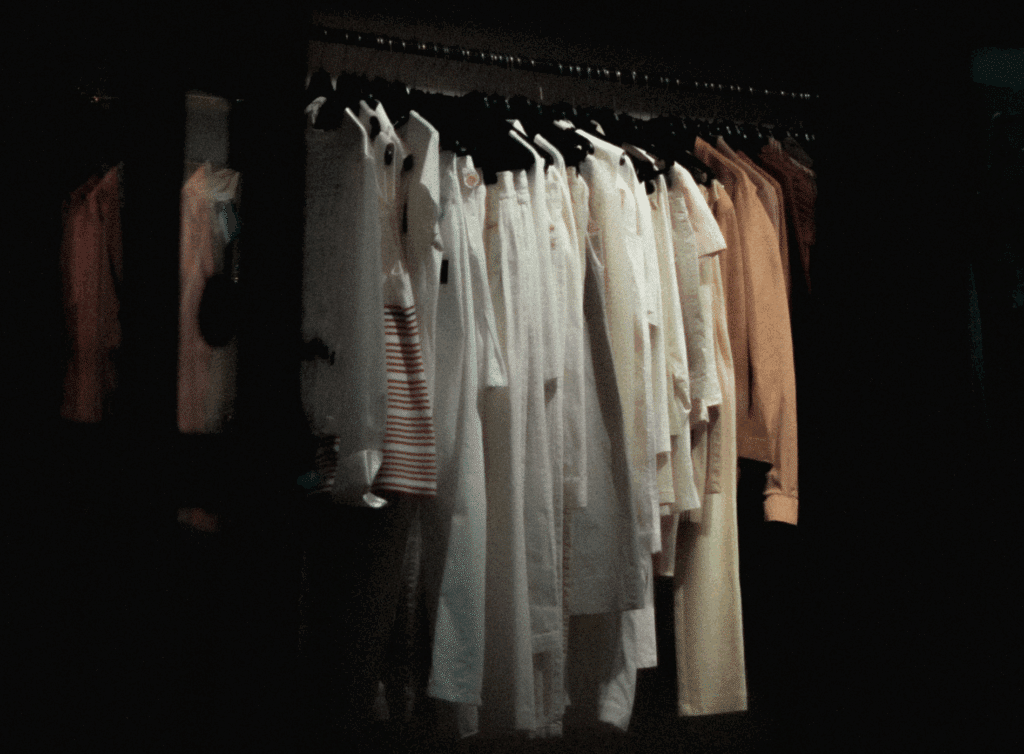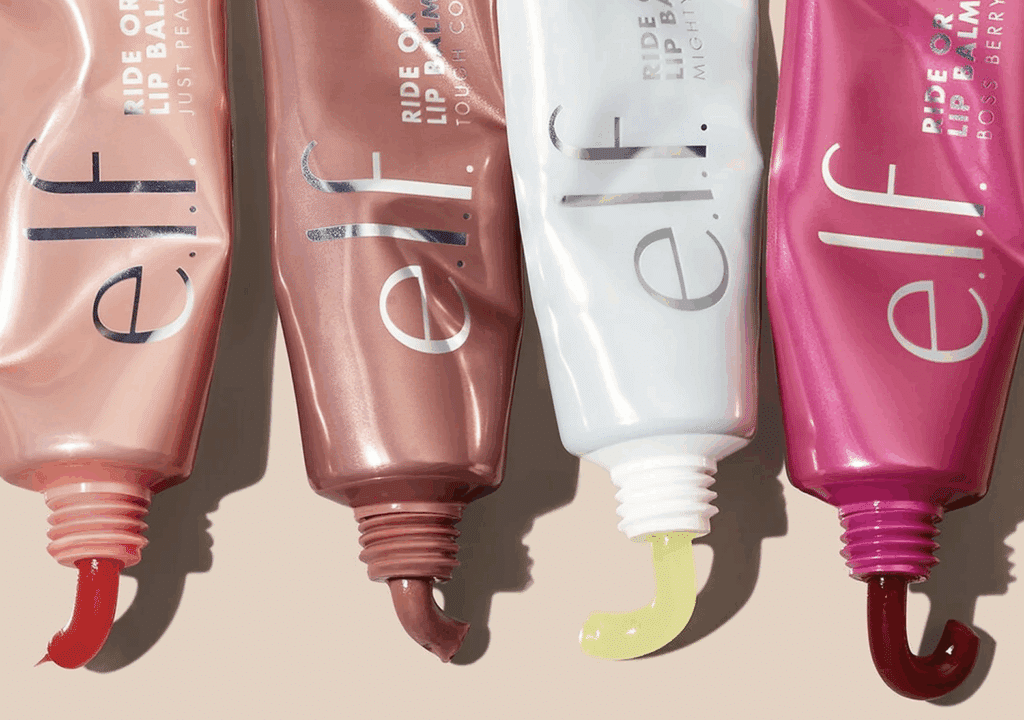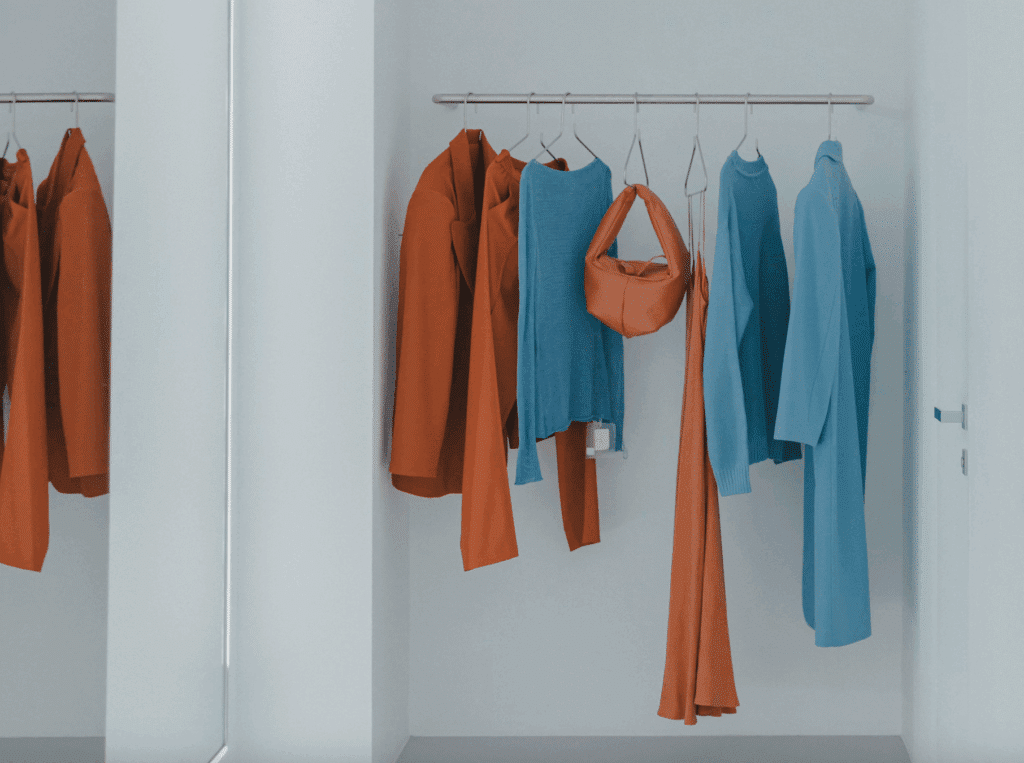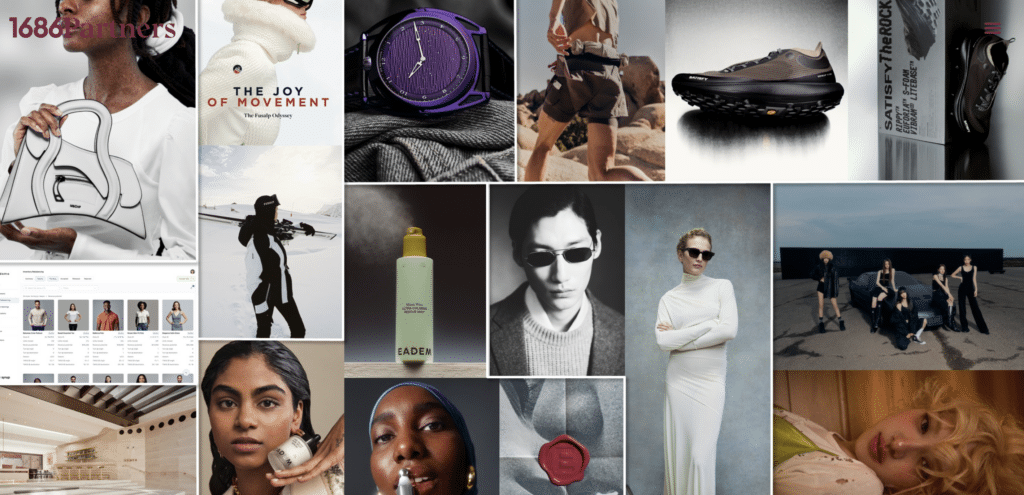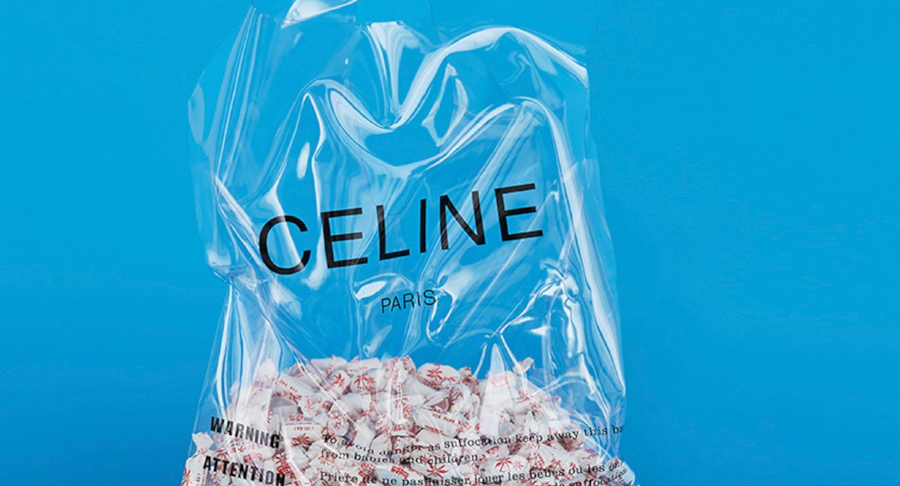
image: The RealReal
High fashion is changing its tune. The once-notoriously-exclusionary purveyors of luxury goods – many of which can be seen saturating their runways and their Instagram accounts with street-inspired ready-to-wear and accessories to lure the trend-happy millennial shopper – are looking to the budding pioneers of online-sold second-hand wares for opportunities in light of the growing trend of “second-hand fashion outstripping sales growth in the primary luxury goods sector.”
According to a new report from Reuters, “Sales of second-hand luxury goods – from Chanel handbags and Gucci dresses to Rolex watches – are thriving on dedicated web platforms that are drawing a younger clientele.” And much like how high fashion brands want to jump into bed with any streetwear brand that will have them, they want in on luxury resale sites and their budding younger luxury shoppers, as well.
Julie Wainwright, the CEO of The RealReal, says that her San Francisco-based luxury consignment company is “in talks with high-end brands like Louis Vuitton parent LVMH and Gucci owner Kering over potential partnerships” in the $25 billion pre-owned sector. This is striking, since, from the outset, Wainwright has been vocal about high fashion brands’ distaste for the luxury resale model.
To date, “the fear” amongst fashion’s well-established houses “is that we’re cannibalizing their business,” Wainwright told WWD last October. The former Pets.com CEO further held that she suspects brands “might not like [resellers] because maybe they’re not at all comfortable with their products being sold online.”
And dislike luxury resale, at least some brands (still) do. As Wainwright, for one, told TechCrunch last year, at least one brand whose name “begins with a C” is particularly unhappy with the likes of The RealReal.
If a new lawsuit is any indication, that “C” word is Chanel, which is currently embroiled in a legal battle with What Goes Around Comes Around. In a trademark case filed in a New York federal court in March, the Paris-based brand alleges that the luxury reseller’s business model relies too heavily on the leveraging of the appeal and esteem of the world’s most famous luxury brands and their valuable intellectual property, including brands’ trademark-protected names and logos, which fashion’s most established brands have spent over a century and hundreds-of-millions (if not billions) of dollars in marketing costs and legal fees to establish and maintain.
Yet, with fashion’s biggest conglomerates beginning to explore partnerships with consignment sites as a way to not only “help funnel money back to brands” but to gain access to the data that these sites are compiling as to consumer preferences, and also teaming up with niche resellers (LVMH with Stadium Goods and Cartier’s parent company Richemont’s acquisition of second-hand watch selling platform Watchfinder), Chanel appears to be the outlier in filing suit and cutting out a potential source of revenue and intel.
On the other hand, Chanel is in a different boat, as the nearly $10 billion brand it is one of the last bastions of traditional luxury, i.e., one of the final few that are actively shunning e-commerce sales. While some 5,000-plus Chanel handbags are currently up for offer on The RealReal’s site, the brand, itself, is adamant about selling only in stores, save for some of its more accessible products, such as fragrance and eyewear.
“If you give everything to everyone straight away, I think you lose that exclusivity,” Bruno Pavlovsky, president of fashion at Chanel, said at a Vogue conference in Paris this winter, addressing Chanel’s recurring decision not to make its handbags and ready-to-wear shoppable online.
However, the lack-of-luster that has long marred the second-hand market and the inconvenience associated with their formerly brick-and-mortar-exclusive existence is swiftly slipping away amongst many categories of consumers, particularly young ones with money to spend, and so, it is difficult not to wonder if Chanel is the one losing out here.
In shying from these in-demand sellers, which are armed with consumers’ attention and plenty of valuable data, Chanel is, after all, shunning the biggest trend of all right now: High fashion brands – unsure what exactly is desirable and marketable to the multi-faceted millennial in the fast-moving market – racing to the nearest hang out (literally or otherwise) for young consumers hoping to look cool and to sell some expensive sneakers or sunglasses … or better yet, fanny packs in the process.











